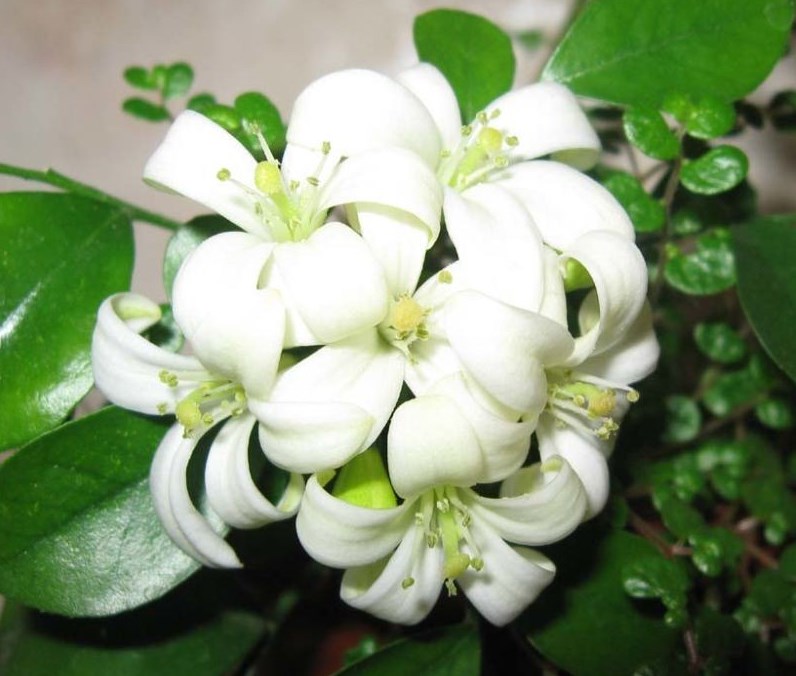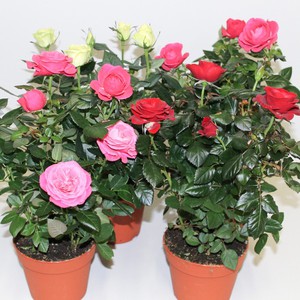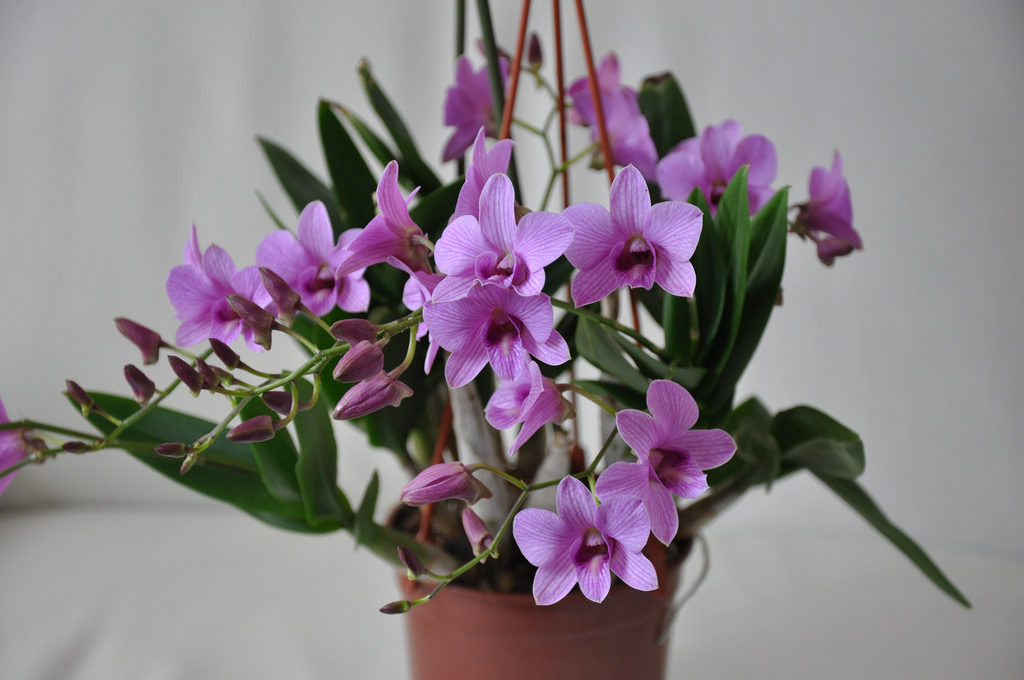The modern species diversity of flowers is represented by many groups, and in each of them there are extraordinary plants. Such in the Marenov family is the gardenia - a flower with extraordinary beauty and tenderness. Many growers cannot forget its beauty, and this is quite understandable, given that decorative green foliage is perfectly complemented by white double flowers.
Gardenia is widely represented in the southern regions of Africa, China and India. The genus of this plant is very numerous and includes about 250 species. Most of them are wild, with the exception of the jasmine gardenia, which has been able to develop into a cultivated plant. However, to grow this variety indoors, it must be carefully looked after.
Content
Description
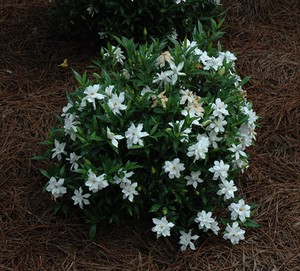 Under natural conditions, this plant amazes with its impressive size, because it can reach a height of 2 m. The specimens that are grown in indoor conditions look more modest., usually they are limited in height to 50 cm. It is worth noting that gardenia can be considered a worthy replacement for a rose, because it has the scent and appearance that is as close to it as possible.
Under natural conditions, this plant amazes with its impressive size, because it can reach a height of 2 m. The specimens that are grown in indoor conditions look more modest., usually they are limited in height to 50 cm. It is worth noting that gardenia can be considered a worthy replacement for a rose, because it has the scent and appearance that is as close to it as possible.
Jasmine gardenia can only be decorated with single flowers or flowers presented in the form of inflorescences. These differences are specific to the variety.
Of greatest interest to plant breeders is the jasmine gardenia, because its flowering covers a fairly long period of time: the first flowers bloom in the middle of summer and wither only in October. Many, who personally saw this plant, noted its strong resemblance to a rose... Therefore, gardenia will be very appropriate indoors. With its help, you can create a refreshing and beautiful atmosphere, and it will also saturate the air with a pleasant aroma.
Due to the presence of such pronounced decorative properties in gardenia, it has become widespread in gardens in countries with a tropical climate. In places, gde conditions are not so mild, it is grown in indoor and greenhouse conditions... And although the climate imposes restrictions, here you can also enjoy the flowers of the jasmine gardenia.
Home care
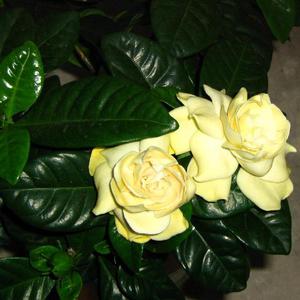 In its natural environment, gardenia is undemanding to growing conditions. However, a completely different approach to her should be when growing at home, where she needs to devote a lot of time. Firstly you need to take care of creating good lighting throughout the year... But during care, it must be protected from direct sunlight, otherwise it can lead to leaf burns. Therefore, it is important to choose the right place for growing in the room. It is recommended to place it on a windowsill located on the west or south side.
In its natural environment, gardenia is undemanding to growing conditions. However, a completely different approach to her should be when growing at home, where she needs to devote a lot of time. Firstly you need to take care of creating good lighting throughout the year... But during care, it must be protected from direct sunlight, otherwise it can lead to leaf burns. Therefore, it is important to choose the right place for growing in the room. It is recommended to place it on a windowsill located on the west or south side.
Watering and moisture
Jasmine gardenia will feel comfortable if it is provided with high and uniform air humidity. This can be achieved if the flower pot is kept on a pallet filled with wet expanded clay. Effective measures are frequent sprays and warm showers.However, care must be taken that moisture does not get on the flowers, otherwise stains will appear on them. During such procedures, it is advisable to protect the soil from water ingress.
- in summer, the optimum temperature for growing jasmine gardenia is 20-25 degrees, and in winter - 10-15. In winter, gardenia is grown in cooler conditions so that the lack of lighting does not have a serious negative impact on its development. Frequent ventilation is also beneficial to keep the temperature from rising. However, before carrying out a similar procedure, it is recommended to take the flower to the next room. Drafts are a great danger for gardenia, as this can cause flower buds to fall off;
- throughout the year, you need to keep the soil moist. However, here you need to observe the measure, avoiding stagnation of moisture. Surface irrigation is recommended so that the salts can reach the root system. In winter, caring for a gardenia requires limiting watering to a minimum; it makes sense to carry it out only if there are signs of drying out. Soft water at room temperature is best suited for these purposes. When growing gardenia at home in ecologically clean regions, tap water can be replaced with rain and melt water;
- If you believe the recommendations of experienced gardeners, it is useful to use salt water between every 2-3 waterings. It is prepared by mixing 3 drops of lemon juice in one liter of water. By providing the gardenia with this kind of water, it can better absorb nutrients from the soil. With an incorrectly selected irrigation regime, there is a possibility of root system disease.
Planting and transplanting
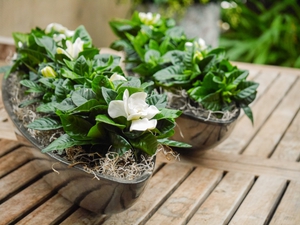 When preparing to plant a gardenia, it is advisable to use acidic soil. Such a composition is most suitable for her, since it allows provide her with useful substances... If it is not possible to prepare such soil on your own, then you can go to a specialized store and buy a mixture for acidic plants there.
When preparing to plant a gardenia, it is advisable to use acidic soil. Such a composition is most suitable for her, since it allows provide her with useful substances... If it is not possible to prepare such soil on your own, then you can go to a specialized store and buy a mixture for acidic plants there.
If watering is supposed to be carried out with hard water, then to maintain the required level of soil acidity, it is necessary to constantly acidify the water. Flowers of this family feel best of all in the soil, in which moisture is quickly absorbed and retained for a long time.
Such properties can be imparted to the soil by adding the following components to it:
- sand;
- perlite;
- sphagnum, which also acidifies the soil.
To determine the right moment for transplanting gardenia at home, it is necessary to take into account the size of the flower and the availability of free space in the pot for the root system. The transplant itself is carried out by the method of transshipment of an earthen lump in a larger container, having previously filled them with a suitable soil composition. Adult specimens must be transplanted every three to four years.
Top dressing and pruning gardenia
 Home care involves feeding that the plant responds well to. Fertilizers are best applied during the most active phases of gardenia growth, so this is done in spring and summer. Usually, feeding is timed to the time when 30-60 days have passed after transplanting or planting.... However, this does not apply to newly purchased plants that are left without fertilization during the first growing season. The soil with which the container is filled already contains enough nutrients. Usually, fertilizing is carried out using acidic complex substances intended for fertilizing azaleas.
Home care involves feeding that the plant responds well to. Fertilizers are best applied during the most active phases of gardenia growth, so this is done in spring and summer. Usually, feeding is timed to the time when 30-60 days have passed after transplanting or planting.... However, this does not apply to newly purchased plants that are left without fertilization during the first growing season. The soil with which the container is filled already contains enough nutrients. Usually, fertilizing is carried out using acidic complex substances intended for fertilizing azaleas.
Foliar dressing has a positive effect on the development of gardenia jasmine. It can be a solution with mineral complex fertilizers. In winter, you can use the drug Magnesium Sulfate or Ferrous Chelate. They are brought in superficially... However, feeding will be ineffective without competent and timely care. Therefore, throughout the entire growing season, it is necessary to maintain an optimal level of soil acidity, otherwise a delay in development may occur, as well as problems with flowering.
Pruning
When growing gardenia jasmine at home, you must regularly prune. The main purpose for which it is carried out is creating a decorative look... It is best to form the crown after the end of the flowering period. However, this does not apply to recently purchased flowers, which are left without pruning in the first year of life.
Reproduction

To obtain new plants, the cuttings method is usually used. It should be remembered that two or three years after planting, the gardenia begins to bloom not so offensively as at first, which cannot go unnoticed by the owner. However, in this situation a solution can be found... Using cuttings, you can return the lost properties to the old bush or grow a new plant. Cuttings can be harvested after the last flowers have faded. However, you need to be very careful about the choice of shoots: the branches must be cut from the tops and only well-ripened.
The best quality cuttings are those that have a “heel” - this is how a piece of old wood is called. You can increase the chances of rooting a shoot by treating it with growth stimulants - Kornevin or Heteroauxin. You can plant cuttings in the soil for rooting at any time of the year. - in autumn or spring. However, first it is necessary to disinfect the shoots, for which they must be kept for some time in a solution of potassium permanganate. Next, the cuttings are transferred to a prepared substrate, for which sand and peat are taken in equal amounts.
After planting, the cuttings should be covered with plastic wrap and transferred to a room where the temperature should be maintained at least 25 degrees. During the entire time, it is necessary to carefully care for the shoots.by airing and keeping the soil moist. When creating favorable conditions for shoots, their rooting occurs within 30 days. Then the moment comes to transplant them to a permanent place: a mixture is used as a soil substrate, which is prepared on the basis of peat, coniferous soil and sand.
Winter content
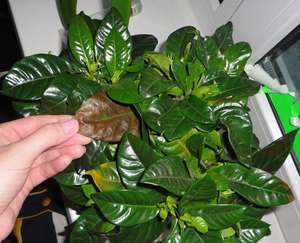 In winter, caring for the jasmine gardenia should be no less thorough than in summer. At this time of the year, she needs to provide sufficient lighting, since with a shortage of it, the flower can weaken. This the problem can be solved by maintaining maximum illumination indoors and the temperature at the level of 10-15 degrees. In conditions of insufficient lighting, it is recommended to carry out artificial supplementary lighting. The soil, which must be kept slightly damp, should not be ignored either.
In winter, caring for the jasmine gardenia should be no less thorough than in summer. At this time of the year, she needs to provide sufficient lighting, since with a shortage of it, the flower can weaken. This the problem can be solved by maintaining maximum illumination indoors and the temperature at the level of 10-15 degrees. In conditions of insufficient lighting, it is recommended to carry out artificial supplementary lighting. The soil, which must be kept slightly damp, should not be ignored either.
Gardenia flowering times may vary, which is influenced by the plant variety. To accelerate this moment, it is important to ensure a stable night temperature, which should not fall below 16 degrees. Many gardenias are white in color., which subsequently changes to yellow or cream. The overwhelming number of gardenia species delight not only with beautiful flowers, but also with a pleasant aroma of jasmine.
However, at any moment this pleasure can be interrupted by diseases and pests. The greatest danger to gardenia is posed by pests such as:
- mealybug;
- aphid;
- shield.
An effective method of dealing with them is insecticide treatment.

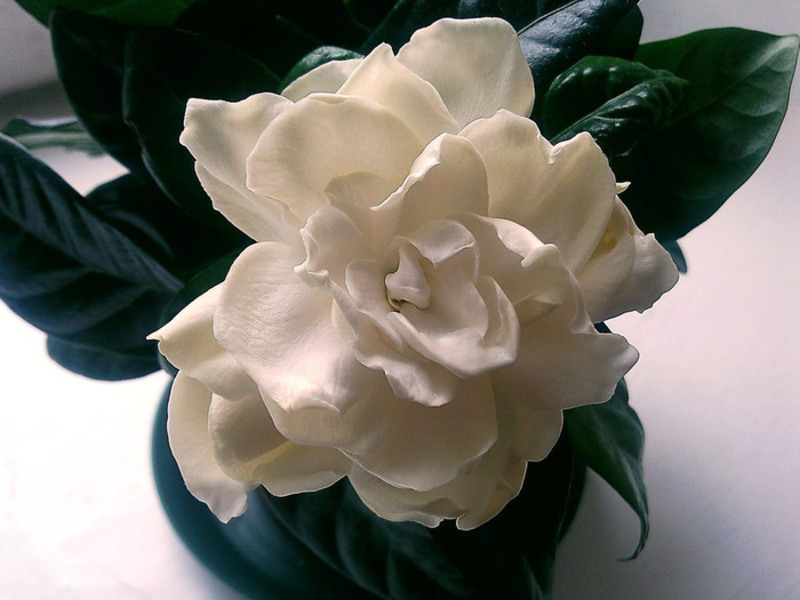
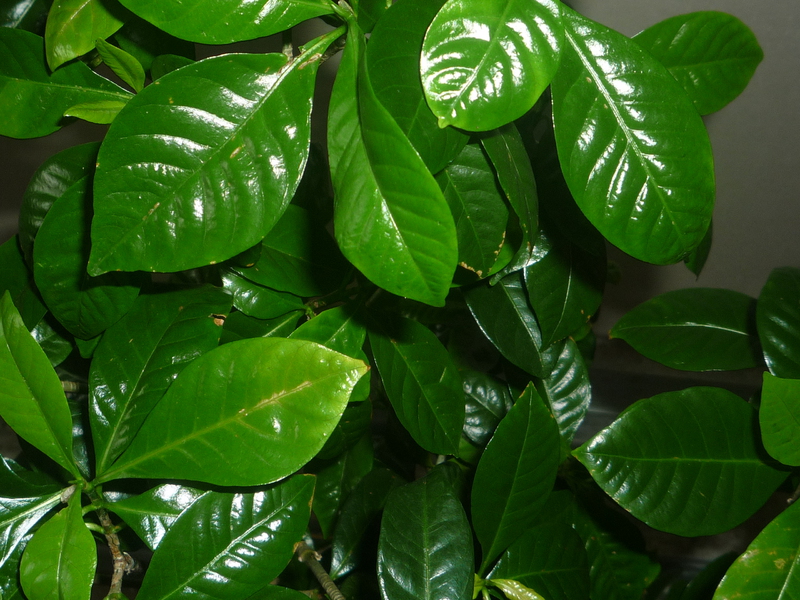
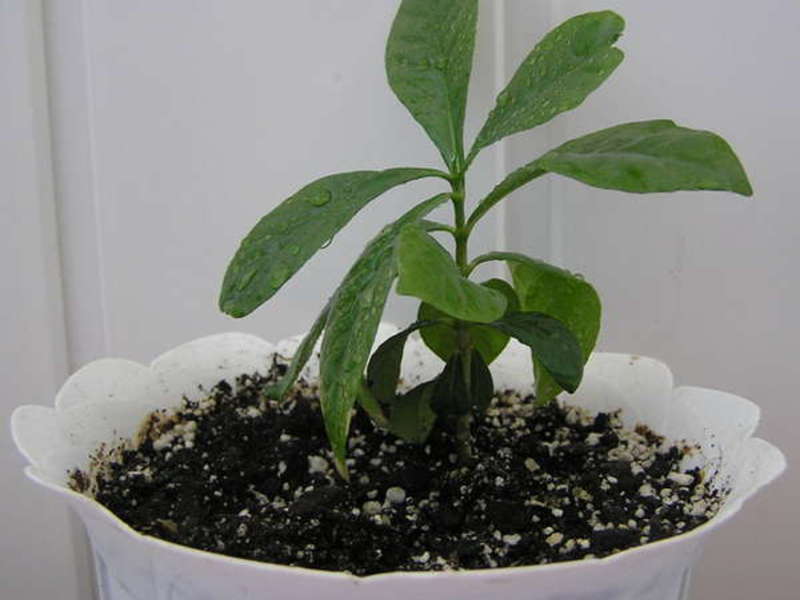
Problems
In some cases, changes that are dangerous to it can occur in the gardenia state, which require prompt action on the part of the owner.
Yellowing of the leaves is a sign of root disease caused by inadequate watering. If the gardenia is watered too often or rarely, then this negatively affects the root system, but manifests itself on the leaves... They usually react with yellowing and brown spots. Sometimes the leaves can start to turn yellow if they are iron deficient. In this case, the problem is quite simple to solve - you need to use the drug Ferovit. This fertilizer must be applied until the flower fully recovers from the disease.
Conclusion
One of the reasons why many growers use jasmine gardenia for indoor cultivation is that she is the only representative in her family, which is a cultivated plant. And this is not to mention the decorative properties that its flowers possess.
Every florist can enjoy this beauty, because this type of gardenia does not cause big problems in care. but nevertheless, certain rules of care must be followed, otherwise this gardenia will not only not bloom, but at a certain moment it may wither. And, knowing how to care for gardenia at home, you can be guaranteed to achieve abundant flowering every season.
